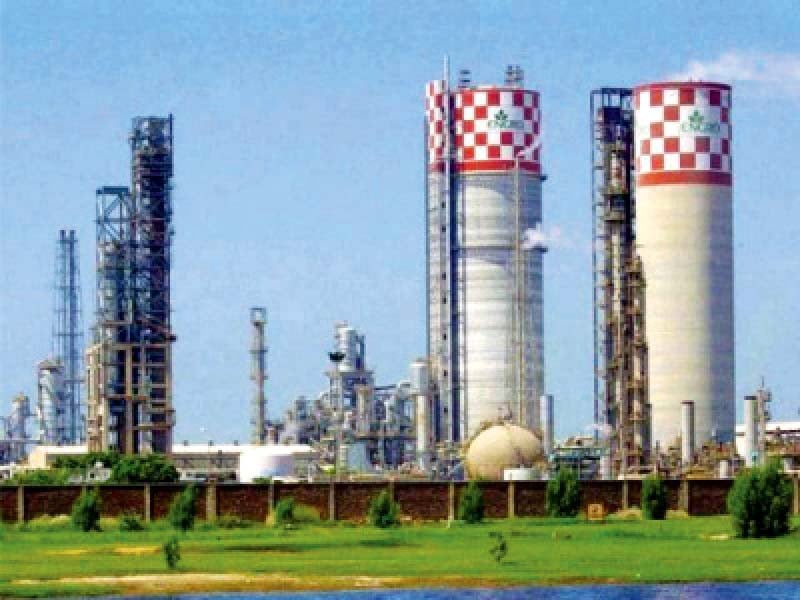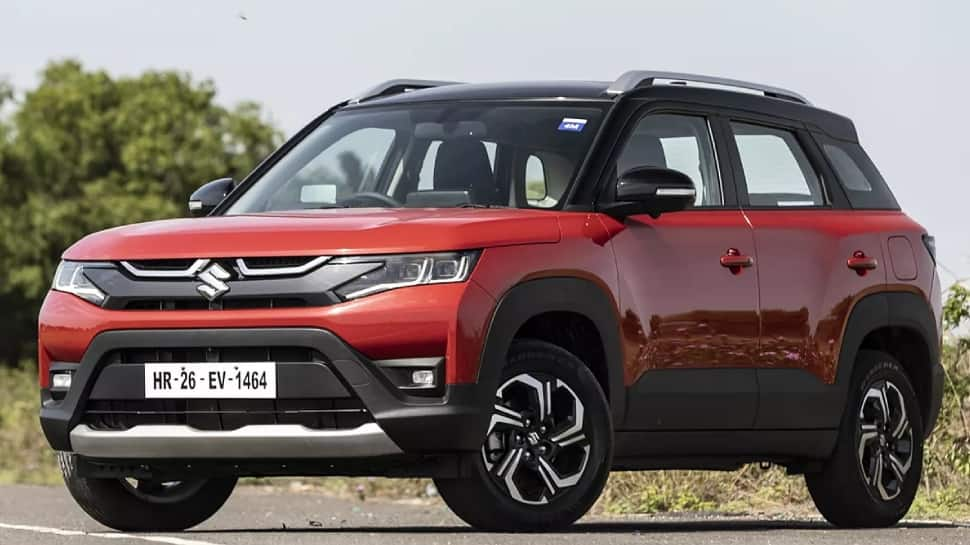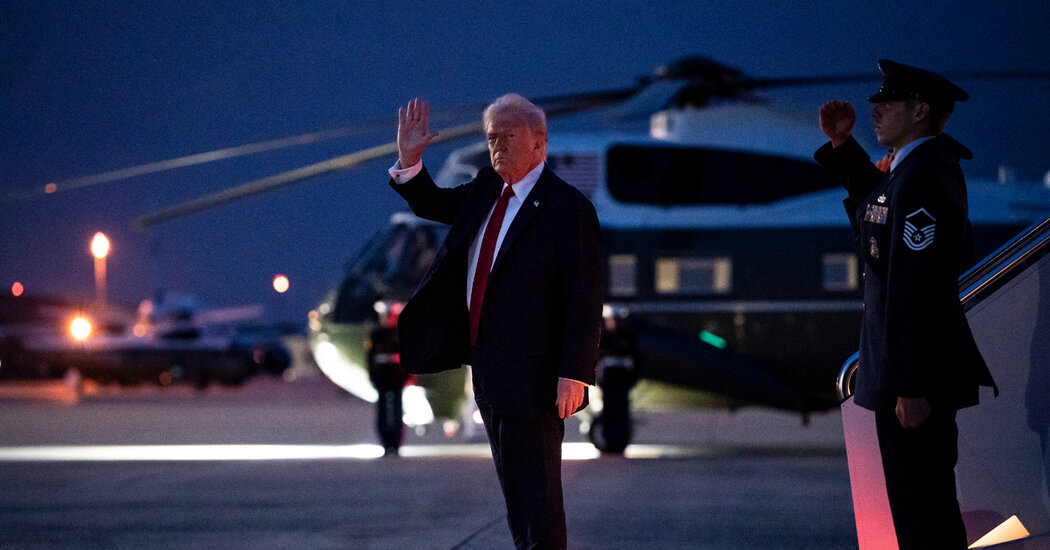We just celebrated March 23rd, a day that reminds us of the passing of the Pakistan Resolution in Lahore 85 years ago. It may sound fictional, but not far from the ground where this resolution was passed, the seeds of an industrial centre were sown by the 1940s.
Lahore was becoming a hub of booming industrial enterprises, driven by hundreds of mistri-turned-entrepreneurs who worked under extremely difficult conditions, relying solely on their own efforts without government support or access to formal credit.
In this article, I share some snapshots – and my reflections – from the book Technology Acquisition in Pakistan, authored by Ghulam Kibria and published in 1998.
Kibria reveals that "…the Lahore mistris started acquiring technology in 1874 [thanks to the Railway Workshop at Mughalpura],… Ramazan and Subhan set up the first technology-based foundry in 1895 from their meagre savings, not from taxpayers' money . Nor was their technology acquisition part of [the] national plan. It was the same way Habibullah and his co-workers developed machining transfer line technology, Haji Abdul Majid [developed the] diesel engine [in 1920], Shafi [invented the] cinema projector, and other pioneer mistris developed various other technologies."
By 1947, Pakistan had a significant industrial base that China, Japan, and South Korea did not possess at the time of their take-off. This included railway steam locomotives, wagons and carriages, steel hydraulic structures for canal regulation, steel bridges, diesel engines, machine tools, electric motors and fans, surgical instruments, and much more – including over 20,000 skilled workers.
In 1948, BECO (Batala Engineering Company) was established in Lahore, producing high-quality, exportable machine tools and capital goods. When Chinese Premier Zhou Enlai visited BECO, he wished China had attained similar manufacturing capabilities. China placed its first order for machine tools from BECO to set up its own machine tool manufacturing plant.
However, in the 1970s, BECO was nationalised and renamed Pakistan Engineering Company (PECO). Ironically, when the government of China later gifted Pakistan the Heavy Mechanical Complex in Taxila, the machine tools used in its construction were manufactured in the very factory China had established with Pakistani assistance.
Pakistan's first five-year plan, released by the Planning Commission in 1953, failed to acknowledge the country's existing manufacturing capabilities. "The government planned development as if Pakistan had no technological capability, while people carried out actual development on a significant technology base bequeathed at the time of independence," Kibria observes.
Karachi becomes home to private capital
Karachi was undergoing a different transformation in its formative years. Independence led to the migration of wealthy, entrepreneurial Muslim families who had previously established banks, insurance companies, shipping lines, and airlines – many financed by private capital before Pakistan was even created. Families such as the Habibs, Adamjees, and Cowasjees chose to migrate to Pakistan and settled in Karachi, then the country's capital.
Unfortunately, many of these families were later co-opted by Ayub Khan's state-led capitalism, which stifled competition and growth. Incentives and licences were exploited by companies with access to the establishment, giving rise to crony capitalism and rent-seeking business elite.
On the other hand, private enterprise continued to thrive in Pakistan. A private company, Kandawala Industries, began automobile production in collaboration with General Motors in the 1950s.
In 1971, under a commission from the Pakistan Army, the company developed a four-wheel-drive vehicle under the brand Nishan, as an alternative to American jeeps. It successfully produced 115 vehicles, with 80% local manufacturing, including engines, at half the cost of its American counterpart.
However, in 1974, the company was abruptly shut down when then-Minister of Production JA Rahim dismissed the project, writing, "How could you make them in backyard workshops as Nishan was made?"
The state's appetite for assimilating private businesses was evident as early as 1956 when parliament passed a law to take over Orient Airways, renaming it Pakistan International Airlines (PIA).
The myth of tech transfer
The phrase "transfer of technology" is often used in discussions on industrial policy. However, the technological base Pakistan inherited in 1947 was not transferred; it was largely developed indigenously through trial and error by self-trained individuals.
One exceptional example of a state-led industrial programme is Pakistan's nuclear programme, which developed an entire value chain indigenously. Its civilian applications in health, agriculture, and power should be recognised and replicated.
There are many inspiring examples of individuals who achieved success without state support. One such case is Imtiaz Rastgar, whose company, established in 1967, developed heavy axle-end assemblies for commercial vehicles and now exports to over 70 countries.
In 2021, a US patent was awarded to Dr Sarah Qureshi and her father, Masood Latif Qureshi, for their invention of the "Supersonic Turbofan Engine," a jet engine designed to minimise noise pollution – all developed while working in Pakistan. However, commercialising their invention depends on overcoming bureaucratic hurdles and securing risk capital.
The lesson: A new industrial policy should be discovered through co-evolution with industry while minimising protectionism. The key to prosperity lies in competition.
THE WRITER IS THE FOUNDER AND EXECUTIVE DIRECTOR OF THE POLICY RESEARCH INSTITUTE OF MARKET ECONOMY (PRIME)
#Industrial #journey #lost #potential #lessons #future










